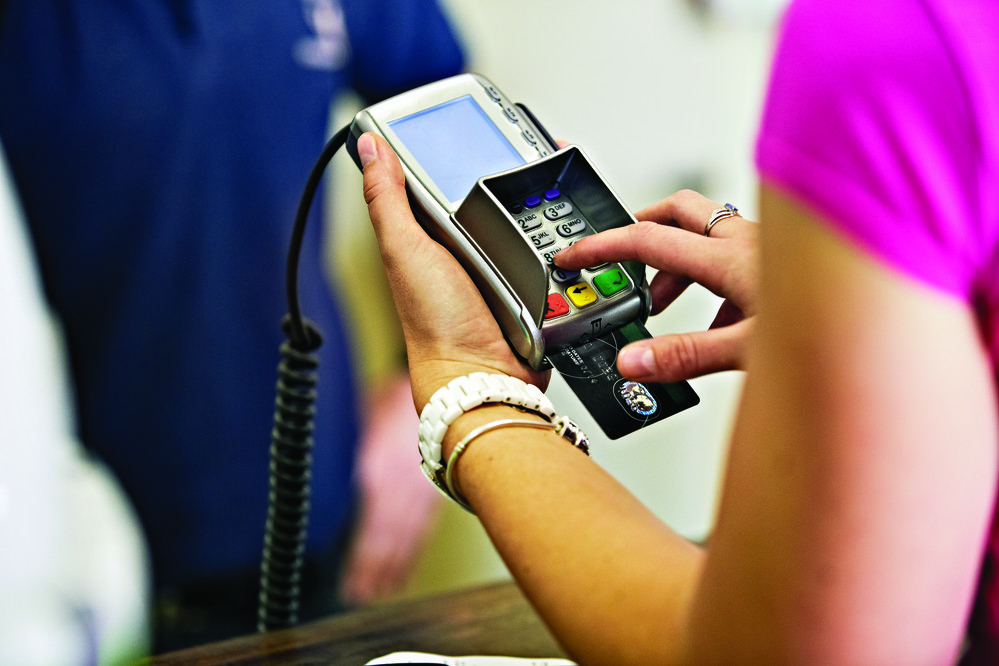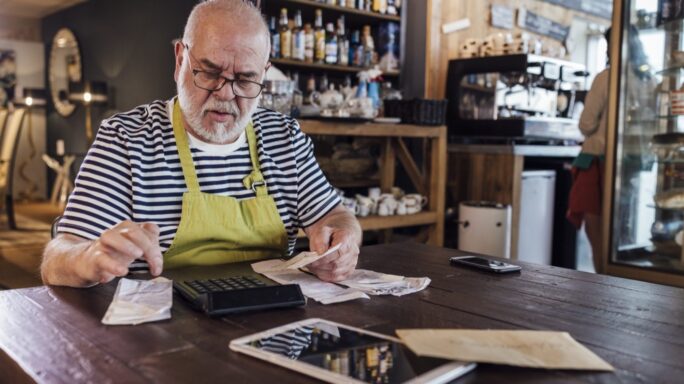Money Matters
Top tips to improve cash flow through VAT

VAT is often seen as an inconvenience by many small businesses but the fact is it can actually help your cash flow. Get it right and you can be taking in VAT and holding onto it before you have to pay it back out. In certain cases you could even end up better off than if you weren’t VAT registered.
The basics
“While there are several ways you can account for VAT that may be more advantageous to your cash flow, before you start looking at your VAT options, it pays to make sure you’re getting the basics right.”
Clive Lewis, Small Business Advisor at the Institute of Chartered Accountants in England and Wales (ICAEW)
Here are some common sense measures to make sure the amount of cash available for your day-to-day operations doesn’t get squeezed:
- Render your invoice to get paid quickly and try to ensure you don’t need to pay out the VAT until the next quarter
- Try to agree terms where you get as much time as possible to pay suppliers
- If you’re buying expensive items, get them right at the end of the quarter or just after the VAT return period to reduce your VAT bill
Try alternative VAT schemes
Stuart Christy at tax advisors and accountants, Tax Innovations, says that the standard way to account for VAT (paying it in and out based on your invoices) may not always be best. “Not everyone knows about the alternatives and they can be beneficial,” says Christy.
Flat rate
“The flat-rate scheme is available for businesses with a turnover up to £150,000 and can really simplify VAT accounting for businesses. It does away with most of the process of preparing a VAT return each quarter. You pay a set percentage rate relevant to your business sector and apply it for the quarter instead of looking at every item.
“It can save time and also give you a pot of cash. If you run a business that has operating expenses with little VAT, for example, if travel is the main operating expense then that can work in your favour. You may find you are effectively keeping some of what you would have been handing over in VAT. For early stage businesses it allows a cash flow boost and underpins some growth.”
Cash accounting
The widely used cash accounting scheme can be used if your estimated VAT taxable turnover during the next tax year is not more than £1.35 million. You can continue to use the cash accounting scheme until your VAT taxable turnover exceeds £1.6 million.
“VAT is payable only based on VAT received rather than on the standard invoice basis where you could wind up paying VAT before you’ve been paid. The turnover limit for that is up to £1.5m and it applies to a wide range of businesses so for those under cash flow pressure on collecting cash in it is worth considering. There’s generally a cash flow benefit straight away if a business is profitable,” says Christy.
Monthly returns
Businesses that trade internationally or have zero-rated VAT supplies should also see if they can optimise their VAT scheme as they may end up reclaiming more VAT from HMRC than they pay. “In these cases it is usually worth submitting returns as soon as possible after a quarter-end to initiate refunds sooner and to apply to submit monthly VAT returns if they regularly reclaim VAT from HMRC to benefit cash flow,” says Christy.
If the worst happens and a business folds, you can also claim bad debt relief to get any VAT back. “You have to be prepared to give a lot of information to HMRC on the failure, however,” warns Lewis. Find out more about reclaiming VAT from HMRC.
While it may seem like hard work getting your VAT accounting in order, taking the time to prepare accordingly can actually save you money and improve your cash flow in the long-run. Sage accounts software can help you keep track of your cash flow and is fully compliant with Standard VAT, VAT Cash Accounting, Flat Rate VAT & Irish VAT Cash Accounting schemes.







Ask the author a question or share your advice